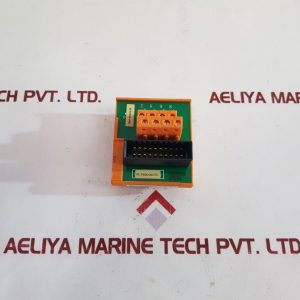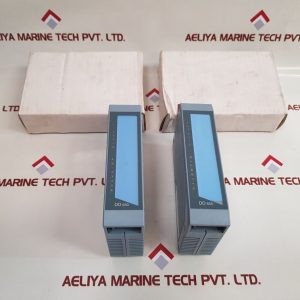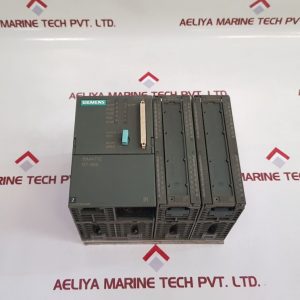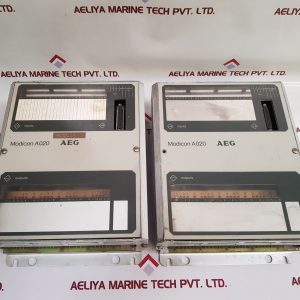| Attribute | Value |
|---|---|
| Kll Kste-ks-kr-2K/A/B | Kste-ks-1K/A-502-u Control Module |
| Kste-ks-1K/A-502-u | Lpt 010 |
| Kll Kste-ks-kr-2K/A/B | Kll Kste-ks-kr-2K/A/B |
Attributes of Kll Kste-ks-kr-2K/A/B & Kste-ks-1K/A-502-u Control Module
High Accuracy Control – These modules provide accurate control of industrial processes, minimizing errors and enhancing efficiency.
Long-term Reliability & Durability – Made with industrial-grade components, these modules are designed to resist harsh conditions, providing long-term performance.
Simple Integration – They are simple to integrate with current automation systems, making them the engineer’s favorite choice.
Advanced Communication Protocols – Supported by advanced communication interfaces, they provide smooth data transfer between interconnected devices.
Energy Efficient – The control modules optimize power usage, minimizing operational expenses.
Versatile Applications – Utilized across multiple industries, such as automotive, manufacturing, and process control.
Technical Specifications
Model: Kste-ks-kr-2K/A/B & Kste-ks-1K/A-502-u
Power Input: 24V DC / 110-240V AC
Output Type: Digital & Analog
Communication Interface: RS-485, Modbus, Ethernet
Temperature Range: -20°C to 70°C
Mounting Type: DIN Rail / Panel Mount
Protection Level: IP65 (Dust & Water Resistant)
Uses in Industrial Automation
Manufacturing Plants – Employed to automate production lines and enhance workflow efficiency.
Automotive Industry – Assists in robotic assembly, quality inspection, and real-time production monitoring.
Energy Management – Involved in power consumption regulation and energy efficiency enhancement.
Process Control – Applied in chemical, pharmaceutical, and food processing industries for accurate monitoring and adjustments.
Building Automation – Incorporated into HVAC systems for intelligent temperature and climate control.
Advantages of Employing These Control Modules
Improved Productivity: Minimizes downtime and enhances working efficiency.
Cost Efficiency: Reduced maintenance and power costs because of improved performance.
Expandability: Upgradable or expandable as needed based on system demands.
Real-Time Monitoring: Facilitates timely decision-making due to real-time data processing.
Improved Safety: Lowers the risk of equipment malfunction and workplace accidents.




